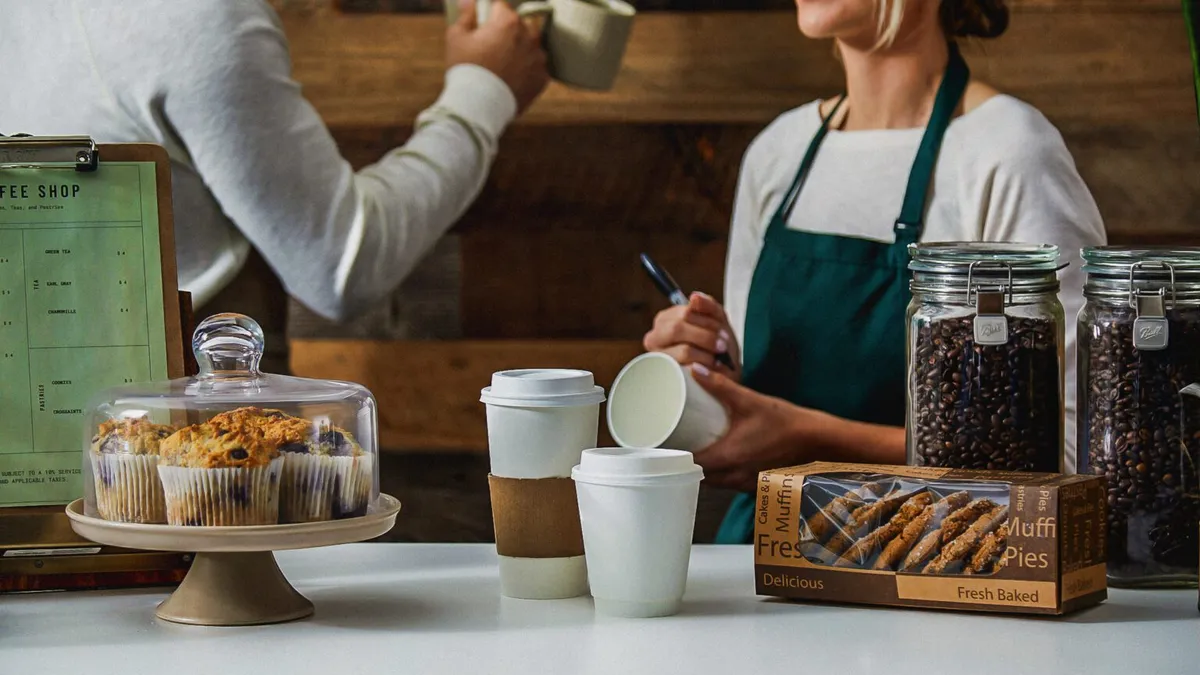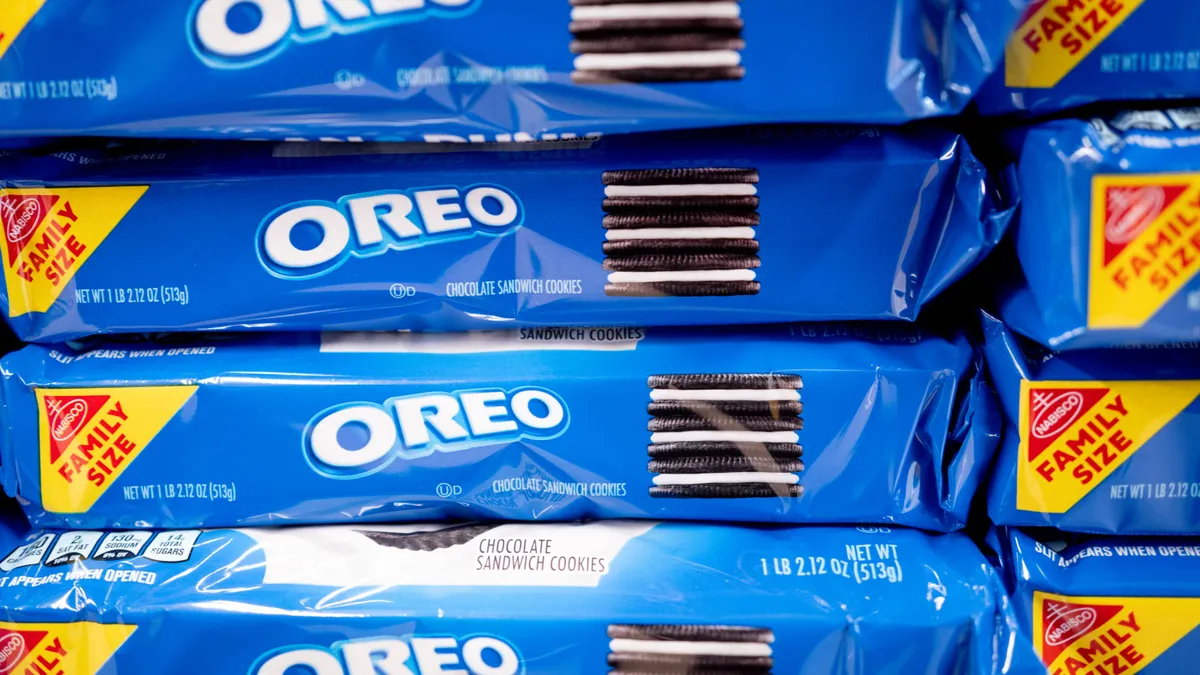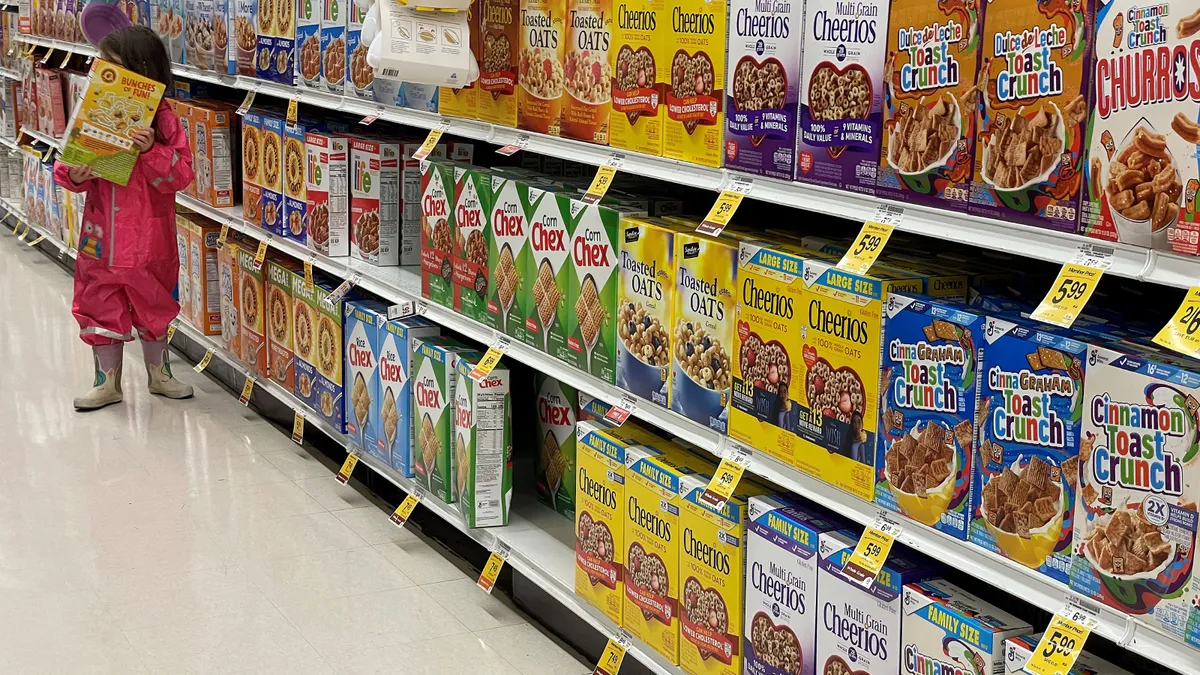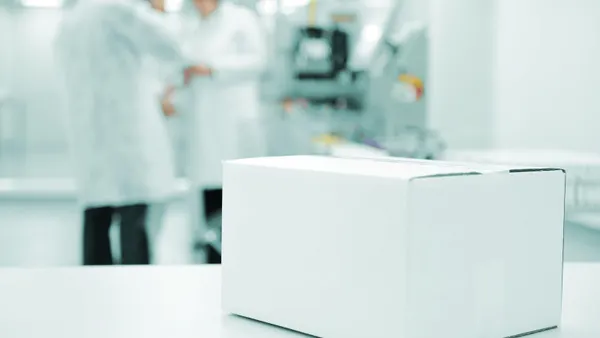Since it announced the project in early 2023, Graphic Packaging International has proclaimed that the coated recycled paperboard mill it is building in Waco, Texas, will be more efficient and bear a lower environmental footprint than many legacy facilities. In its recently released 2023 ESG report, the company describes another potential sustainability gain at Waco: using fewer coating materials in finished paperboard.
The advanced paper pulping technologies being installed at Waco — which is slated to become operational in 2026 — are capable of recycling bleached polycoated paperboard, according to the report. GPI previously had said that the facility would use fiber from up to 15 million paper cups a day as feedstock. All of the clippings and other production waste generated at GPI’s cup and food service packaging plants also can be recycled at Waco, according to the ESG report.
This material is high-quality fiber that will be used to create the topcoat layer for recycled paperboard, the report states. That could enable GPI to use fewer coating materials in finished paperboard, which would result in waste and greenhouse gas emissions reductions, the report says.
Reprocessing the scrap material generated during production reduces the amount of waste sent to landfill, a GPI spokesperson said via email. In addition, using fewer coating materials overall reduces production waste as well as unused coating waste.
“The technology we are installing in Waco is new to Graphic Packaging. It will allow us to effectively reclaim bleached fiber that is higher in brightness, and the brighter base stock should allow us to reduce the total coating required to achieve our quality specs,” the spokesperson said.
Latex, minerals and pigments are some of the materials used in GPI’s paperboard coatings, the report says; it also points to low-density polyethylene and other fossil-based materials as commonly used in coatings and barriers. The company expects it will see a reduction in all of its three main coating components — clay, titanium dioxide and latex — the spokesperson said.
Altered goals
Along with the release of the ESG report, GPI announced a new goal to achieve net zero greenhouse gas emissions by 2050.
The company had submitted near-term science-based targets to the Science Based Targets initiative, which the organization validated in 2023. Establishing a strategy to reach these science-based targets puts GPI on a path to reach net zero by 2050, the company said in a news release.
In February this year, Graphic Packaging introduced Vision 2030, its strategic plan to replace its legacy Vision 2025 plan. Around the same time, the company announced new ESG commitments that align with Vision 2030. The newly released 2023 ESG report highlights how the company reexamined its sustainability strategy last year to develop these reworked goals.
The process of launching new goals involved replacing some previous ones — even though not all of them had been achieved. For example, GPI moved on from its prior goal to reduce LDPE use by 40% by 2025 and to generate 100% of sales from recyclable products by 2025. In 2023, it achieved 95% for the latter goal, and it reached about a 20% reduction in virgin LDPE use in the last five years, the report says.
“Our sustainability goals were modernized to focus on achieving near-term, absolute greenhouse gas reduction targets, aligned to the Science-Based Targets initiative,” the spokesperson said. “We are taking a holistic approach to meeting those targets, which involves prioritizing initiatives that will make the greatest impact toward limiting global warming to 1.5 degrees C,” which is in line with the Paris Agreement and UN sustainability goals.
Innovating for sustainability
The ESG report underscores the importance of innovation to advance sustainability. GPI describes multiple innovation efforts launched in 2023.
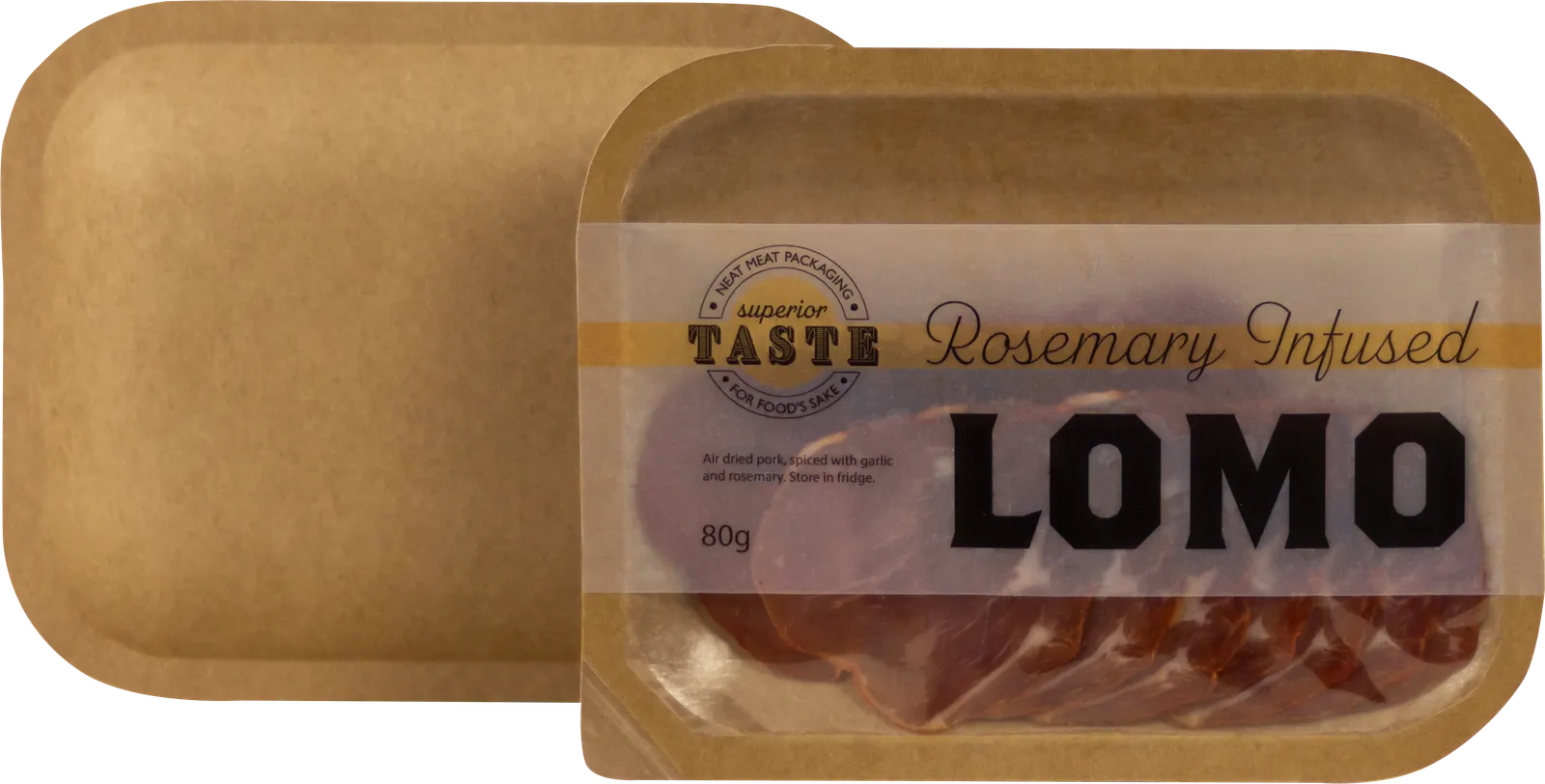
Some include the insulated, double-walled fiber cup that GPI developed for Chick-fil-A and PaperLite fiber-based flexible barrier materials for trays that can be used on standard thermoforming lines. Projects still in development include paperboard yogurt containers and cookie trays.
Some cups have had a 25% reduction in PE coating thickness, and work is underway to identify plastic alternative coatings, such as with polylactic acid. In 2023, the company saw a 16% year-over-year increase in sales for PLA cups.
Other innovation efforts centered on better barrier materials, such as modifying equipment for biopolymer use and applying thinner coating layers. Cellulose is a material tested in some packaging lids, windows and other films. In addition, GPI is working to create cups and trays that are compostable at home.



